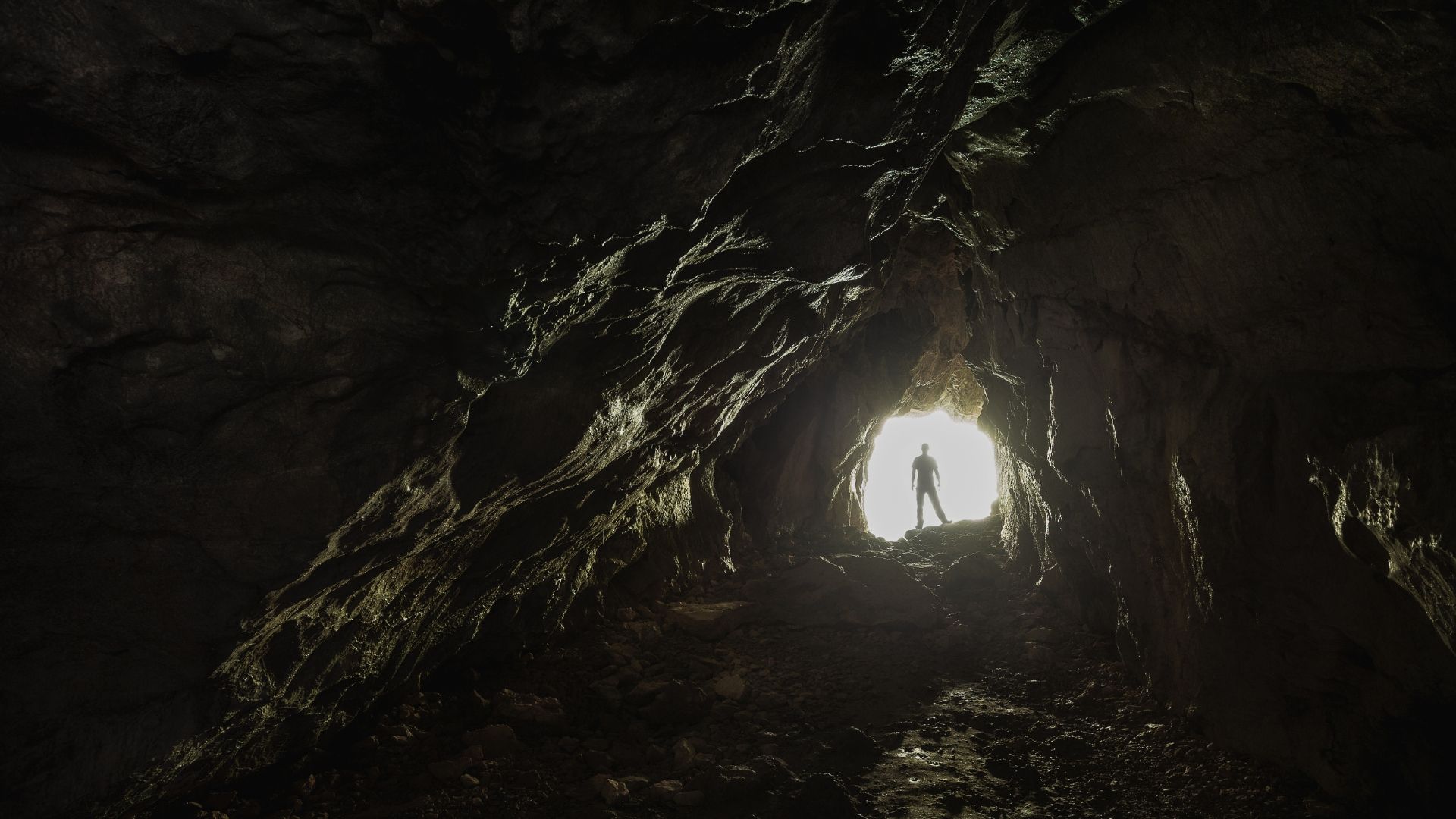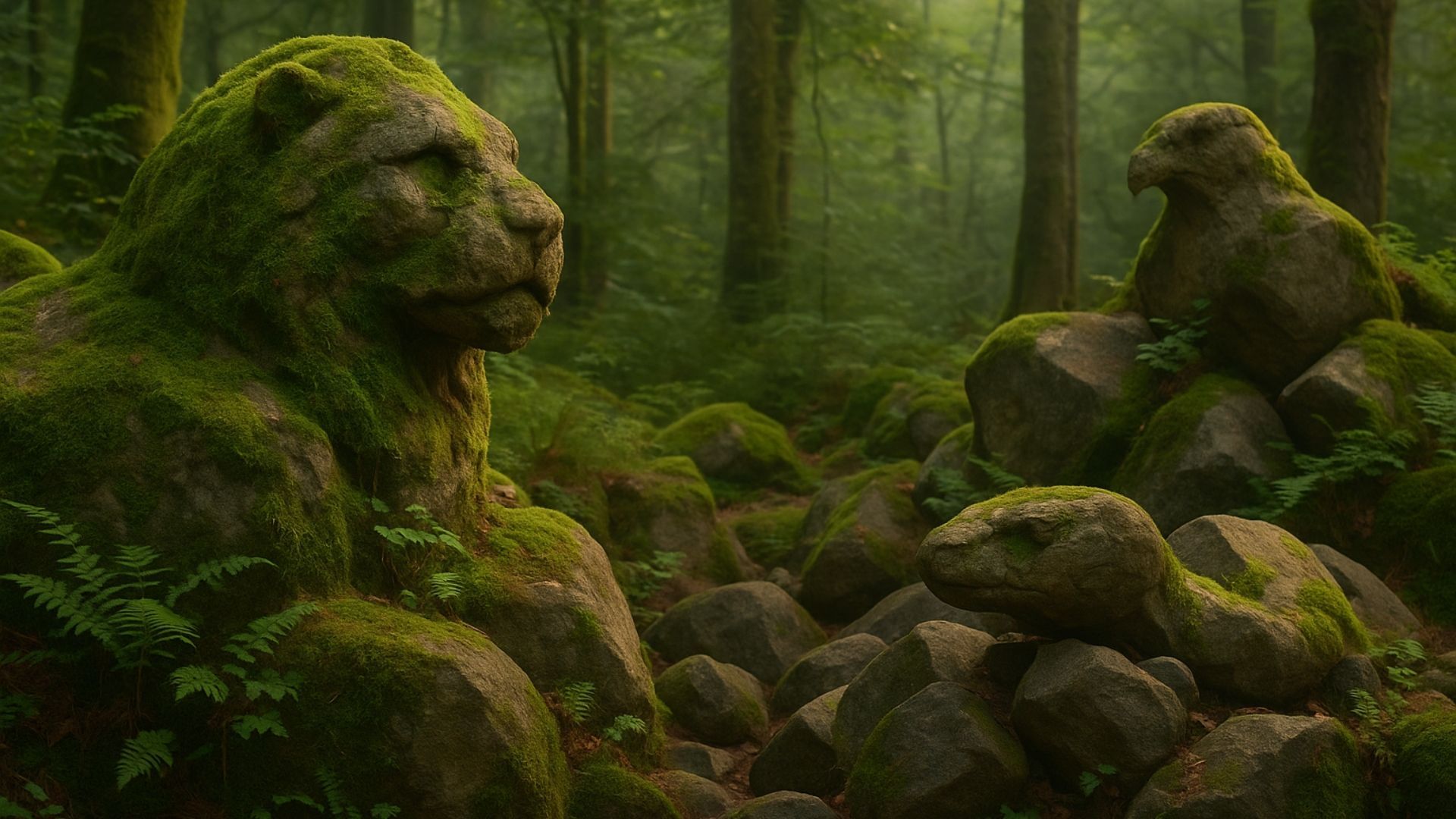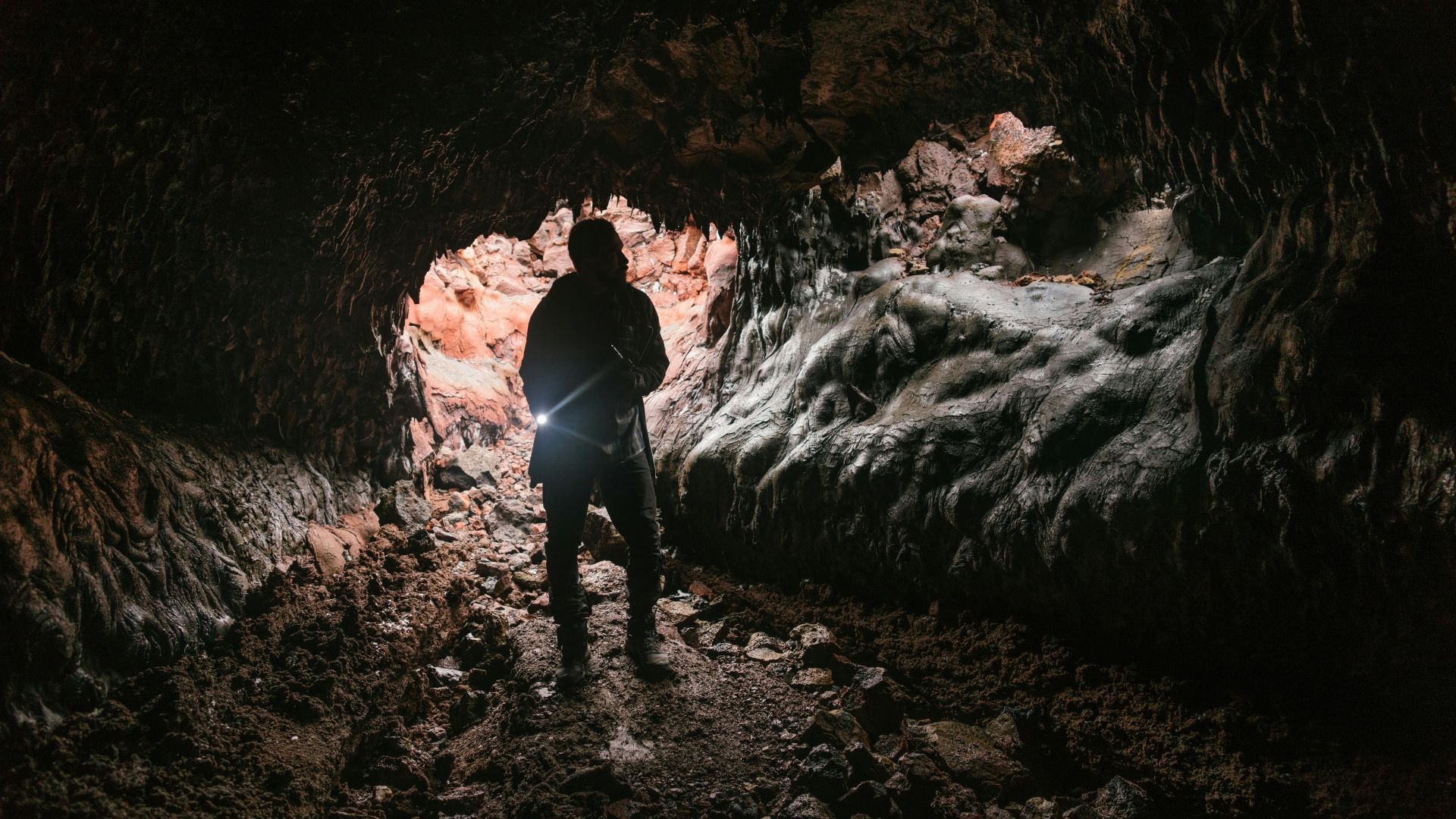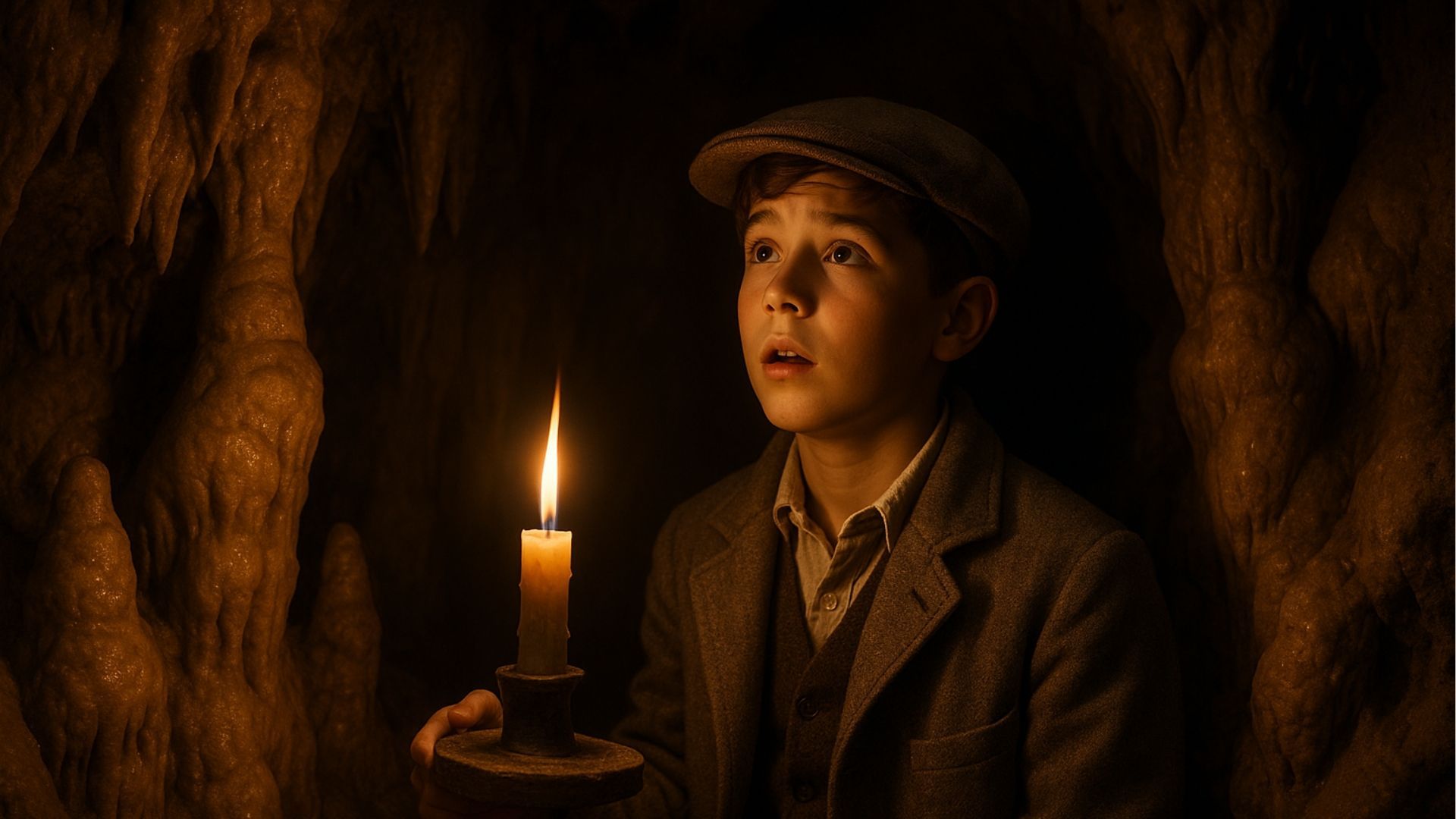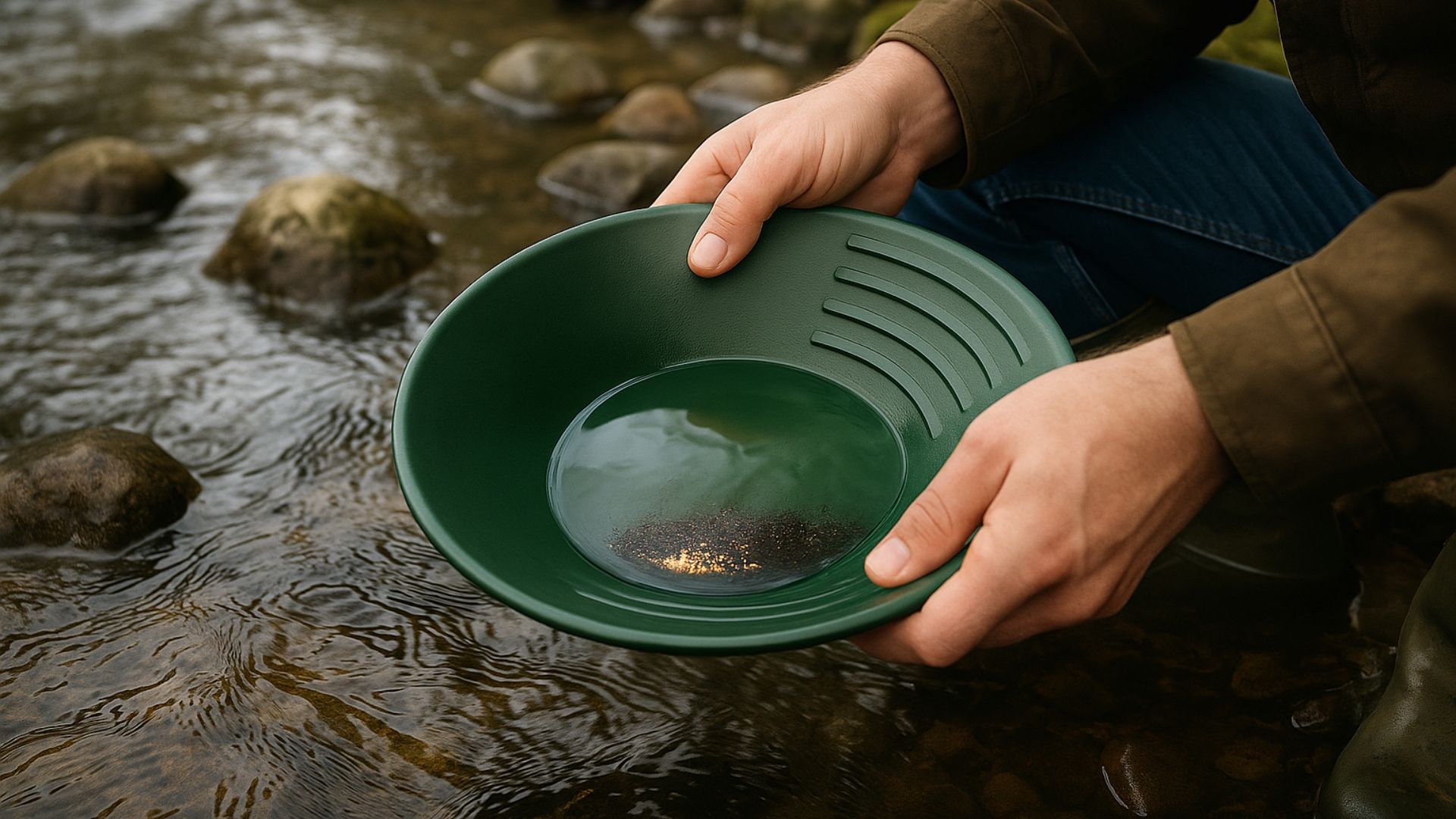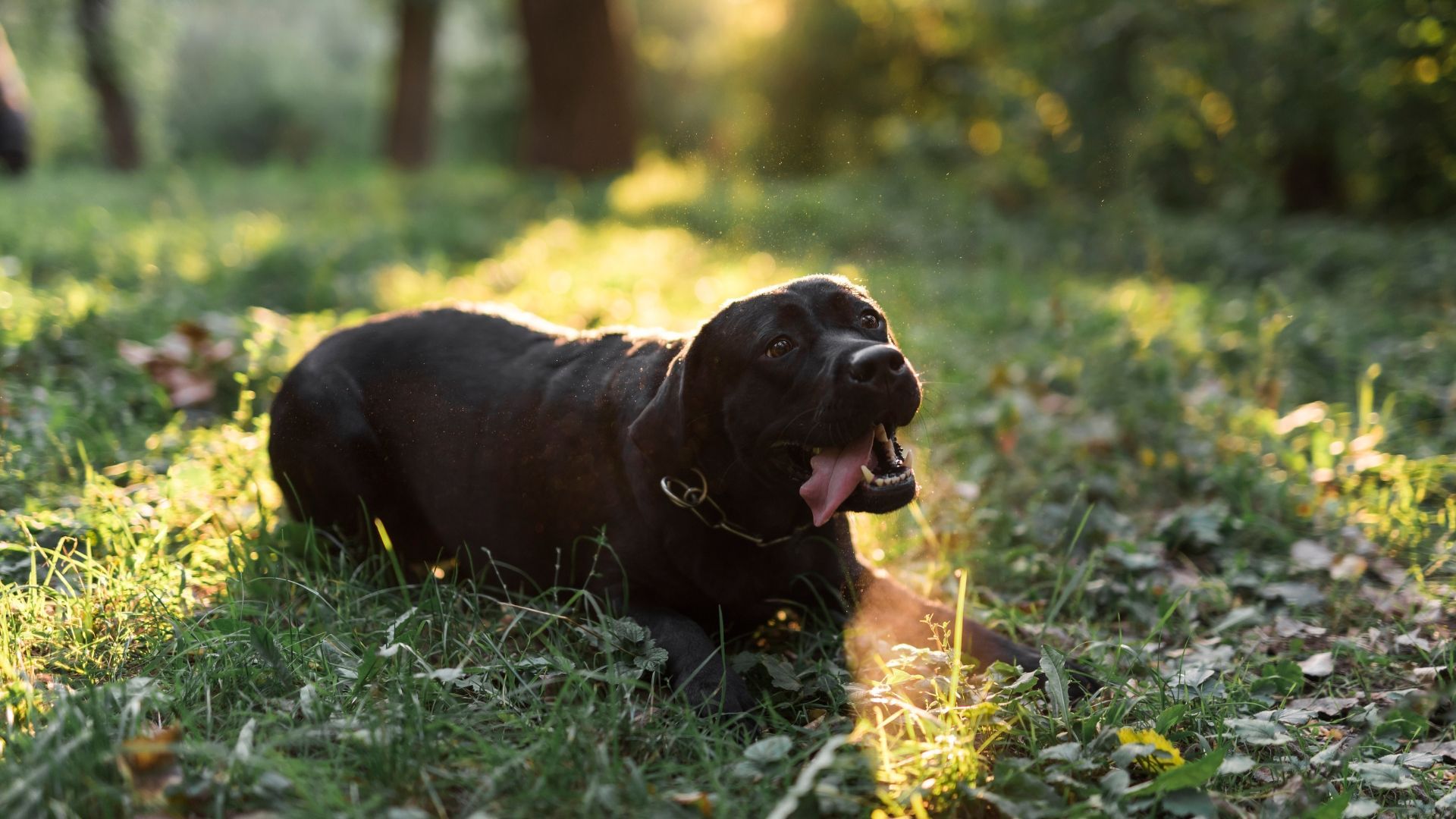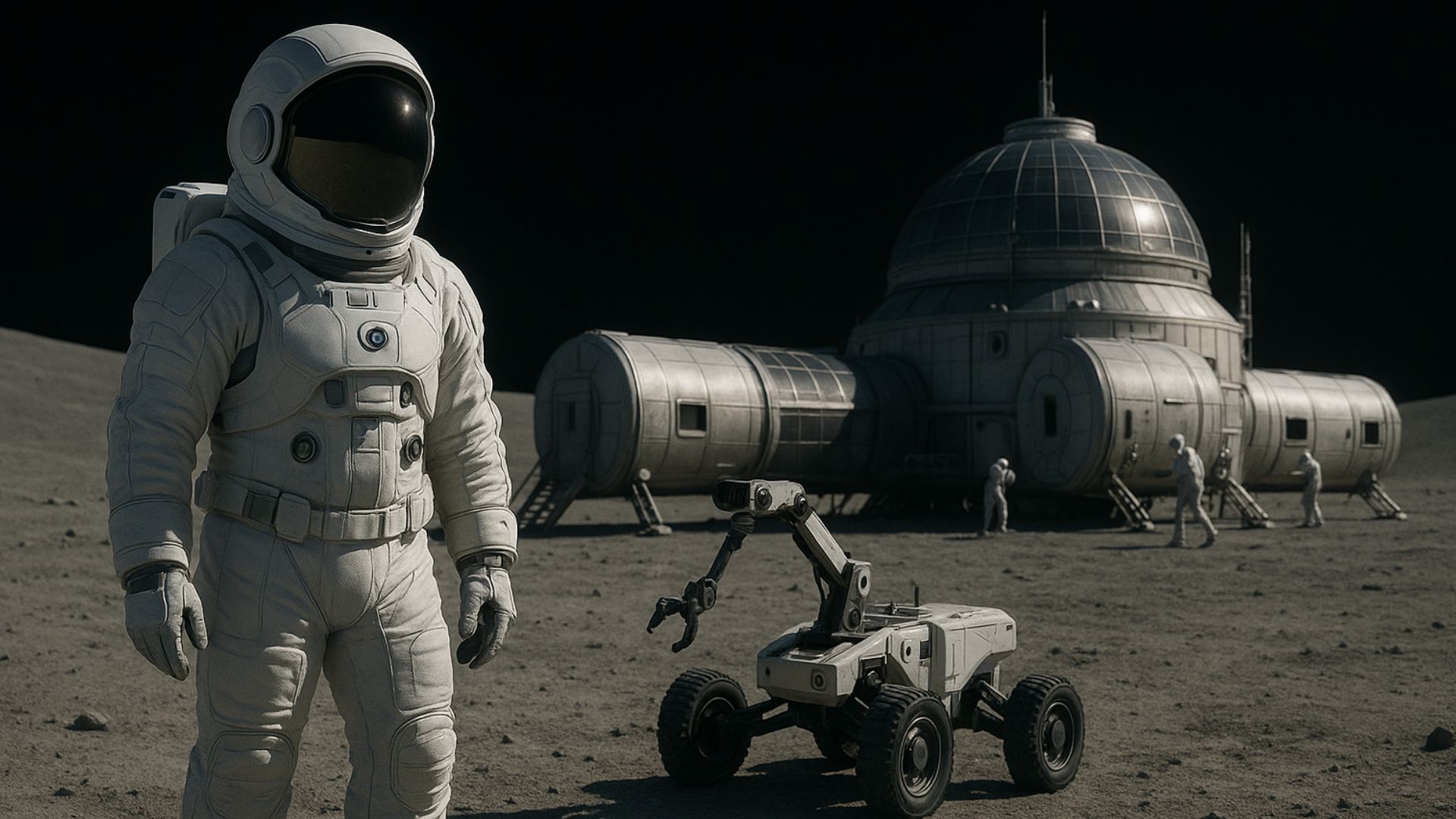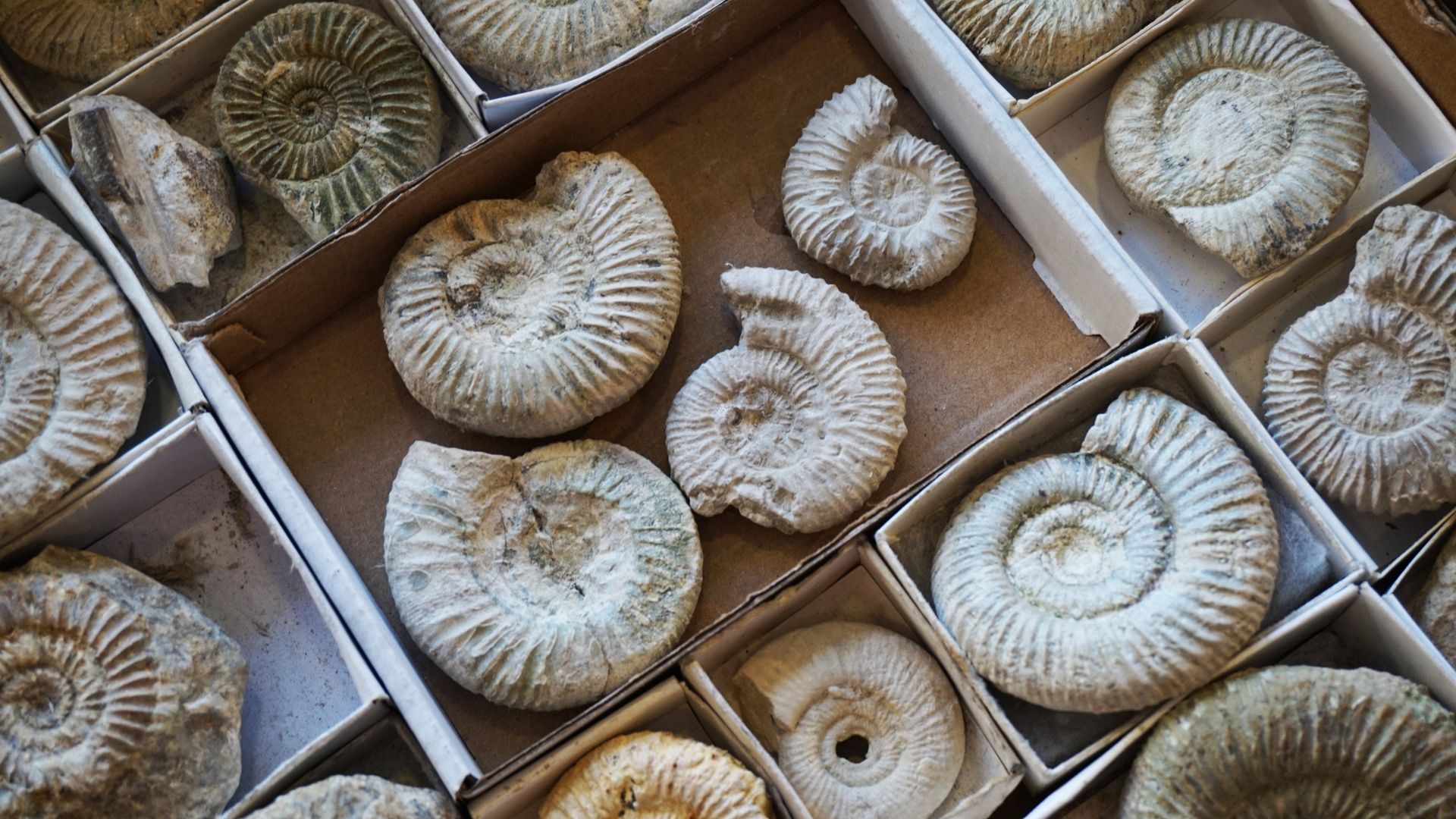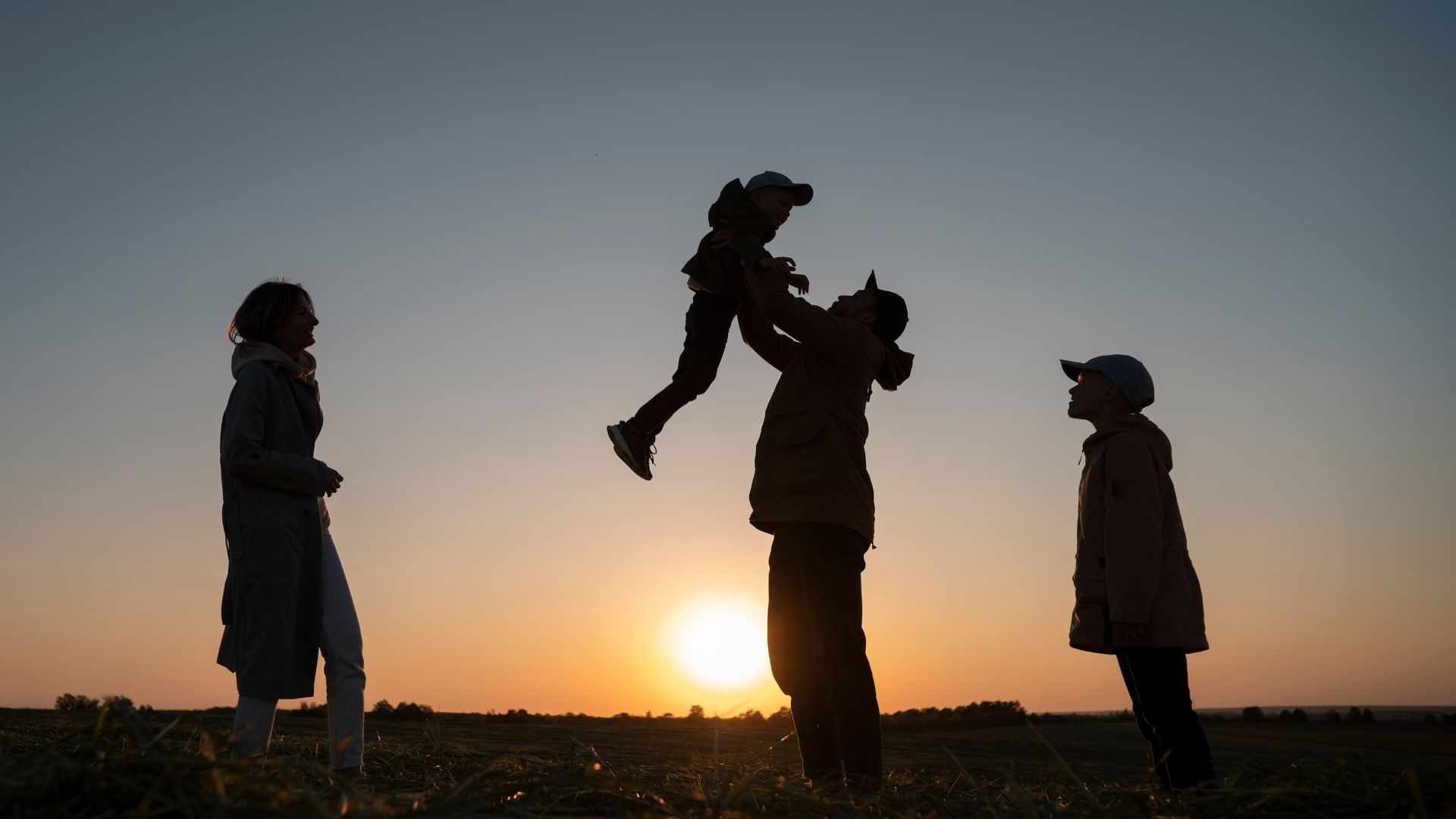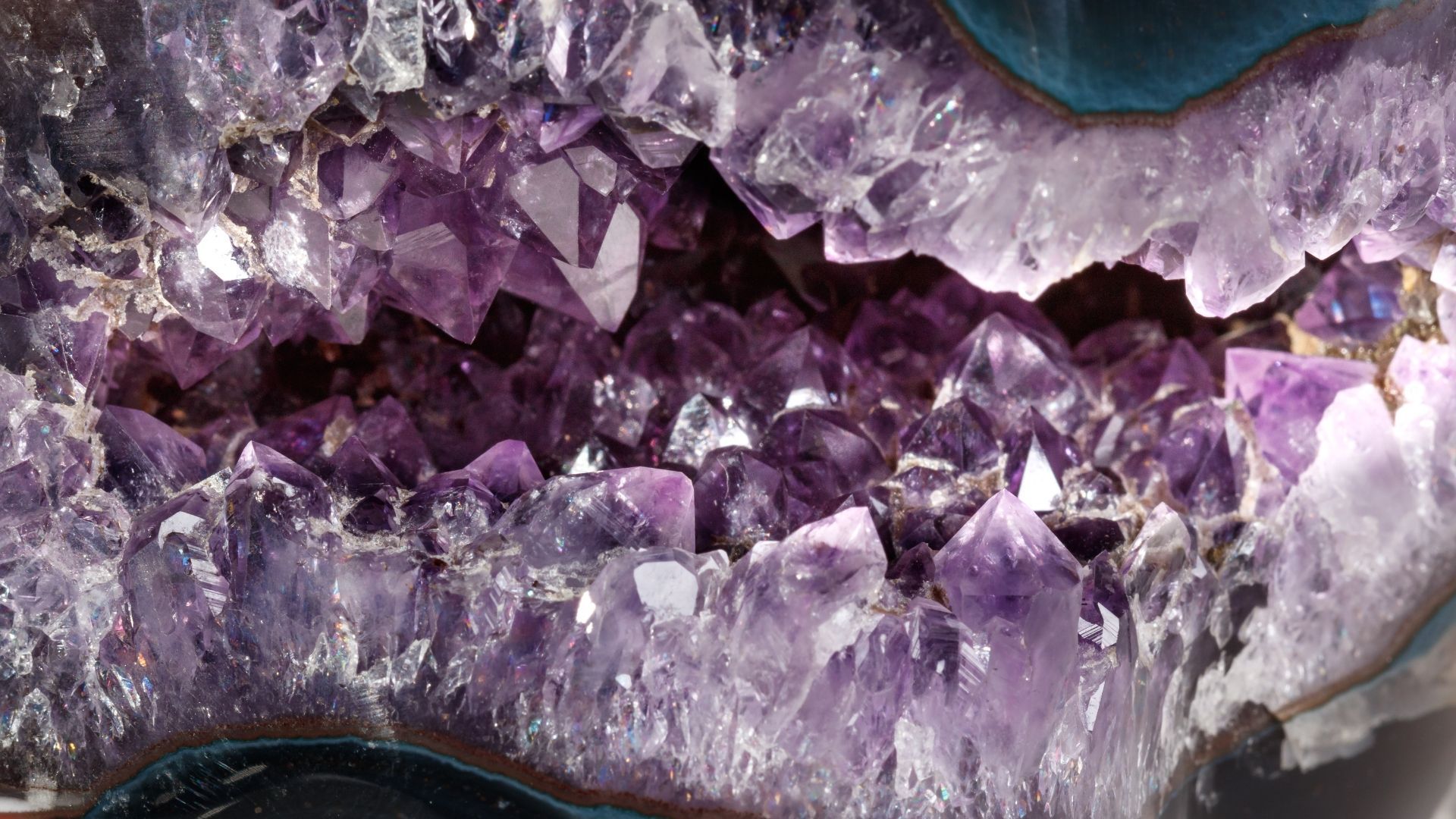Rocks are old – but some are older than others. Discover 3 contenders for the oldest rock on Planet Earth.
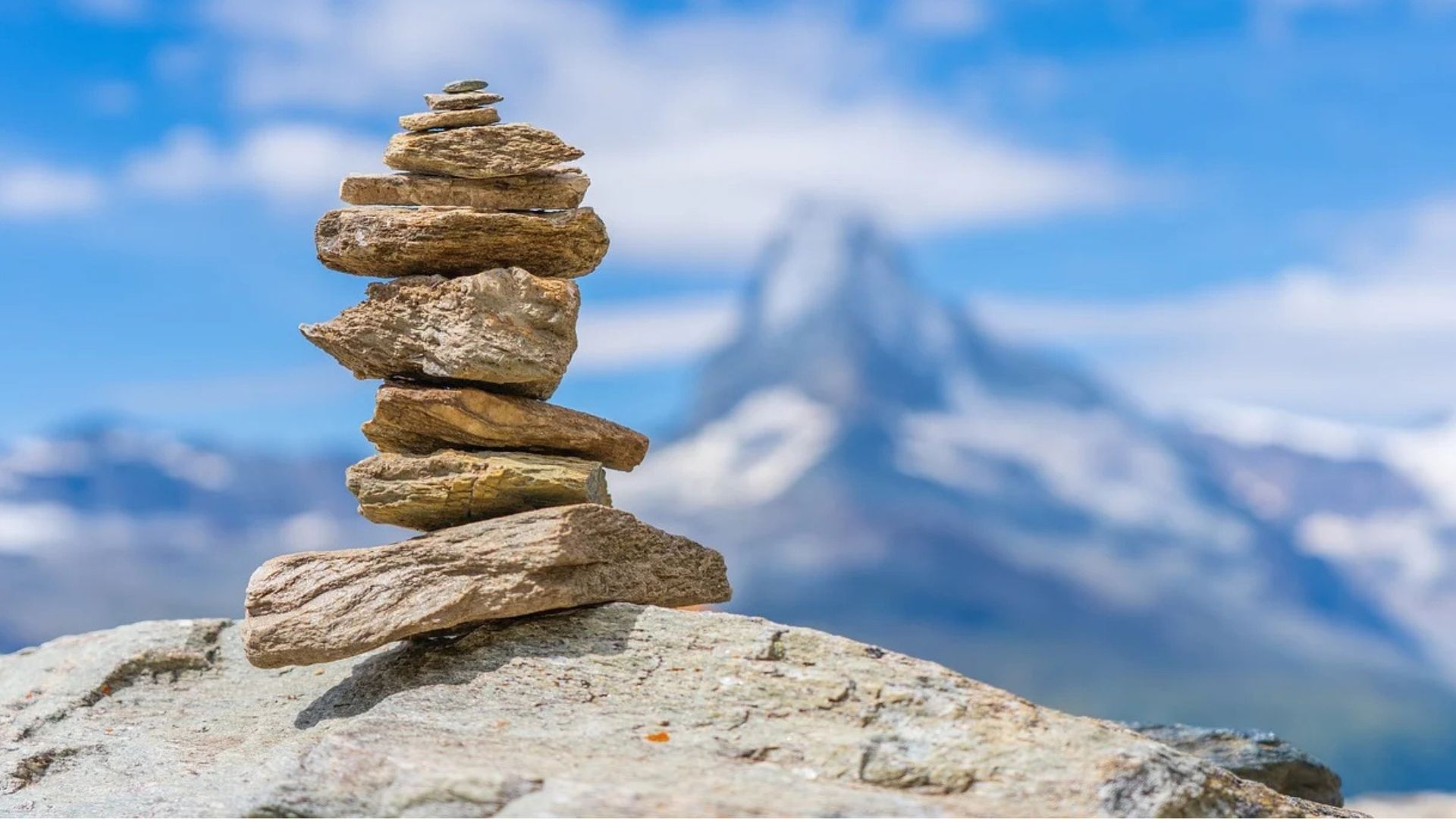
Rocks are old, right?
There's a reason churchgoers sing about the "rock of ages" and we praise well-fastened knots for being "solid as a rock". Rocks are strong, steadfast, immovable things that have existed since the dawn of time.
Or have they? The truth is that new rocks are born on the regular.
On 16 March 2024, a volcano erupted on Iceland's Reykjanes Peninsula. It continued erupting for 54 days, by which point it had left behind a lava field covering 2.4 square miles.
But that hot, molten rock won't stay as hot, molten rock for long. At the time of writing, it's still in the process of hardening – and when it fully hardens, it will become a new type of rock known as "basalt".
Admittedly, "a new type of rock" is a hazy definition. Those great grey basalt sheets are really just old rocks that have been recycled and reshaped.
Deep under Earth's crust, temperatures can reach 3,500ºC (6,330ºF) or more. There's no rock down there – just a molten rock soup called "magma". And that magma is just waiting to spew out and form new baby rocks.
This process has been going on for 4.5 billion years and change. Eventually, it's reasonable to assume, every rock on Earth will be subsumed into the soup and reformed anew.
But have any rocks escaped this process? Or, to put it more accurately, which rocks have stuck around for the longest without turning into magma?
Where are Earth's oldest rocks – and how old are they, exactly?
The short answers are "Australia" and "4.4 billion years". Or maybe "Canada" and "4.3 billion years". And as far as location goes, you could even make a case for "the Moon".
Let's do a little more digging.
The oldest thing on Earth: primordial zircon
The Jack Hills area of Western Australia is a red, rocky, barren sort of place. It's magnificent, no doubt – but it's unlikely to top your list of favourite holiday destinations.
The phrase "impressive but boring" springs to mind – at least for us laypeople. For geologists, it's one of the most exciting places on the planet.
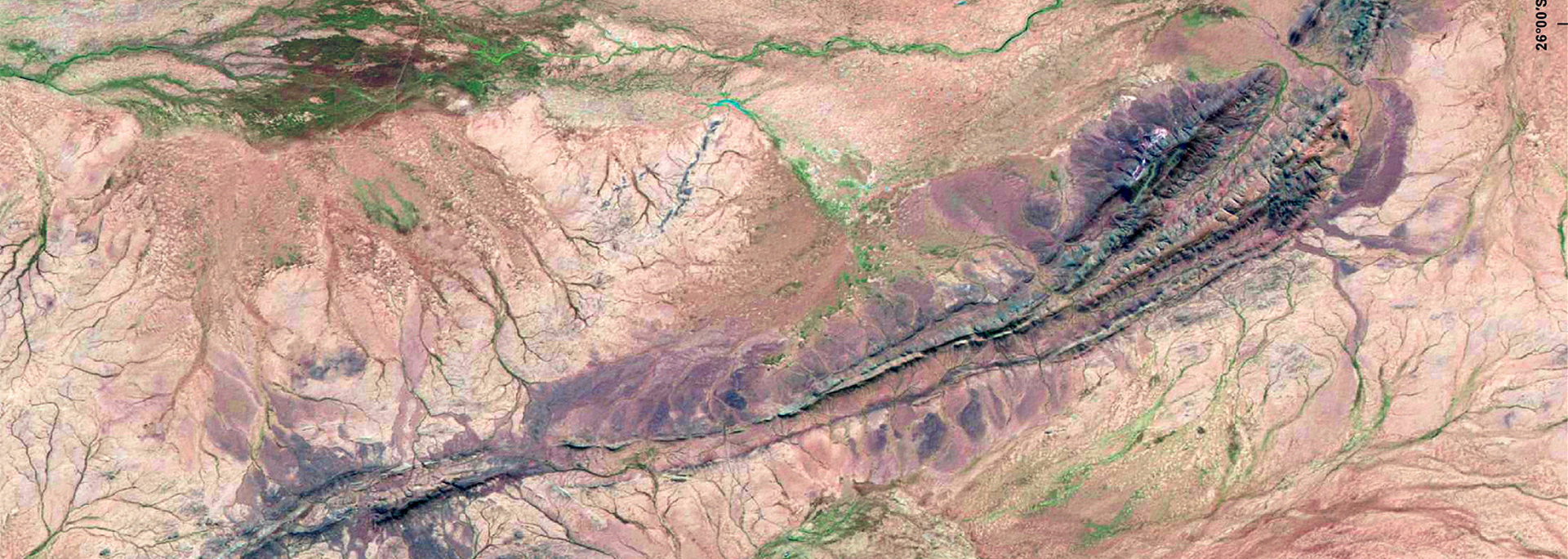
See, the Jack Hills are old. Really old – and ripe for study. The landscape is like a big, creased blanket of ancient rock, formed through geological processes that took place billions of years ago.
Much of this rock contains zircon: a hard, often colourful mineral that's commonly found as tiny crystals but is rare in larger forms.
In 2014, scientists tested some of the Jack Hills zircon using radiocarbon dating. What they discovered was nothing short of groundbreaking: those tiny zircon fragments were around 4.4 billion years old.
Considering Earth is only ("only") 4.5 billion years old, that's pretty significant. You literally can't get much older – at least within terrestrial boundaries.
What does 4.4 billion years look like? Numbers that large are hard to grasp.
The Great Pyramid of Giza is very old. It was built about 4,600 years ago. The Jack Hills zircon formed around 956,522 Great Pyramids of Gizas ago.
Amazing. Awe-inspiring. Mind-boggling. But does it
count?
The oldest rock, actually: Canada's Acasta Gneiss Complex
How do we define a rock?
When does a grain of sand become gravel? How big does gravel have to get to be called a stone? And is a rock just a large stone?
Geologists have their own definition of "rock". According to
Wikipedia, it's "any naturally occurring solid mass or aggregate of minerals or mineraloid matter".
Interesting. And confusing.
In any case, a tiny fragment of zircon doesn't meet many definitions of "rock", geological or otherwise.
So, let's say the zircon doesn't count. It's the oldest
thing,
but it's not the oldest
rock. The rock surrounding the Jack Hills zircon, in fact, was a mere three billion years old.
Where should we look next?
The answer is the Acasta Gneiss Complex in Canada's Northwest Territories. Here, among the icy, rocky wastes, researchers from McGill University discovered the oldest rock on Earth.
The rock in question isn't a loose stone or boulder. It's an eight-square-mile strip of volcanic rock known as the "Nuvvuagittuq Greenstone Belt". It might be 4.28 billion years old.
We say "might be" because there's some disagreement on its precise age. Some scientists argue that, while the magma that composed the rock was extracted from Earth's mantle 4.28 billion years ago, the rock itself is closer to 3.8 billion years old.
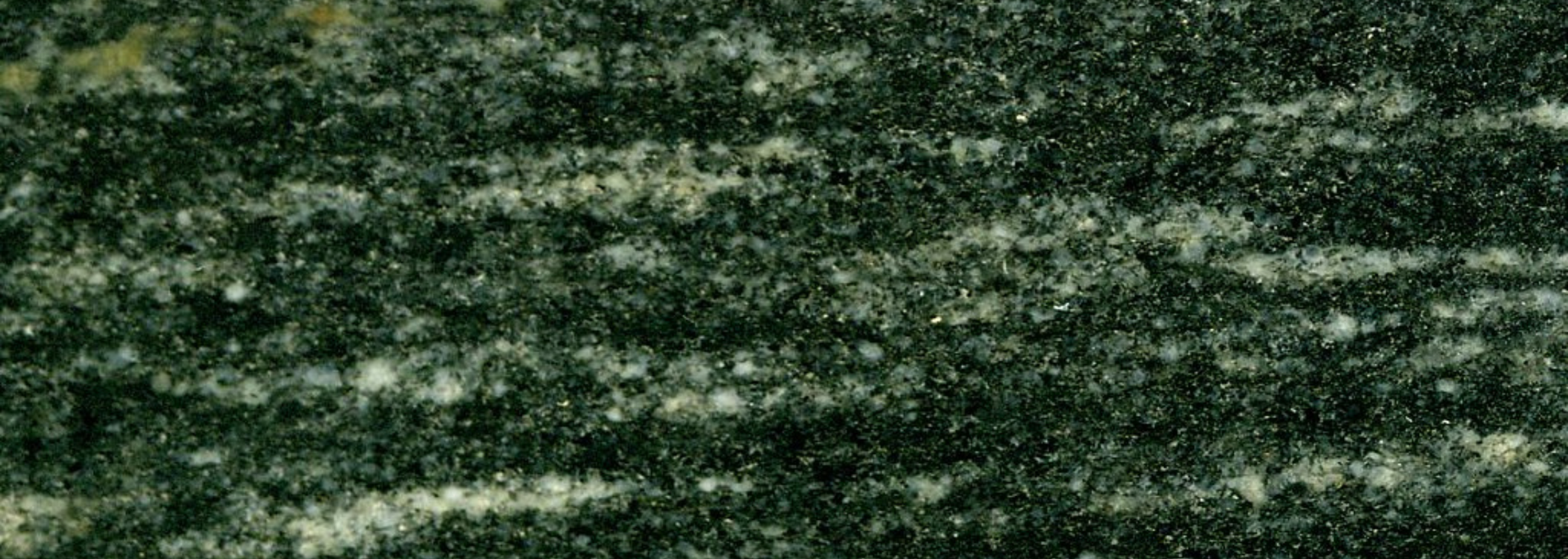
Can we find any rocks that are older than that?
Is Earth's oldest rock on the Moon?
While the Nuvvuagittuq Greenstone Belt is often cited as Earth's oldest rock, there are a few contenders for the crown. These include the Isua Greenstone Belt on Greenland and the Napier Complex in Antarctica.
But it might be that we're looking too close to home. Earth's oldest rock may, in fact, have come from the Moon. Or, to be more precise, it came
back
from the Moon.
See, in the early days of 1971, three astronauts jetted off to the Moon. These three men were the crew of Apollo 14: the eighth manned lunar mission.
The astronauts returned on 9 February, carrying a batch of Moon rocks (as astronauts are wont to do).
Except they weren't
all
moon rocks. In 2019, scientists tested the rock samples and discovered that a fragment actually came from Earth. The clue was in its geological makeup: the rock contained feldspar, quartz and our old friend zircon. These materials are common on Earth but rarely found on the Moon.
It turned out that at some point, around four billion years ago, a large comet or asteroid collided with the young Earth. This collision coughed up a cloud of rock fragments, some of which settled on our nearest astral neighbour.
Four billion years. If the Jack Hills zircon doesn't count as a rock and the Nuvvuagittuq Greenstone Belt is only 3.8 billion years old, then that makes this Moon sample the oldest rock on Earth. Now that it's back on Earth, at least.
And you thought waiting for a connecting flight was tedious. That little fragment of rock has probably endured the lengthiest stopover in history.
Welcome home, old chum.
Love rocks? We love rocks, too. In fact, we're inspiring a whole new generation of rockers with our interactive
fossil dig activities. Held on most weekends and some weekdays, these fun-packed sessions are a great way for kids to learn about history and the natural world. Want to treat a little fossil lover? It's quick and easy to
book online.

